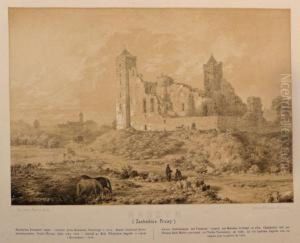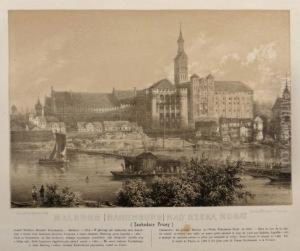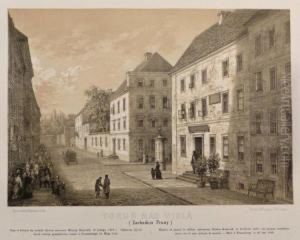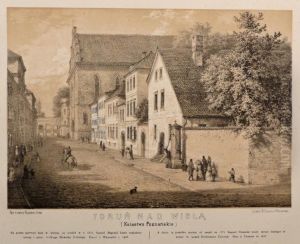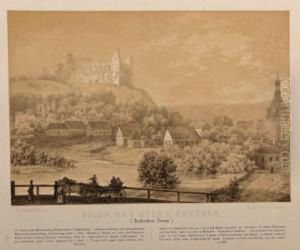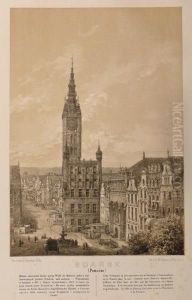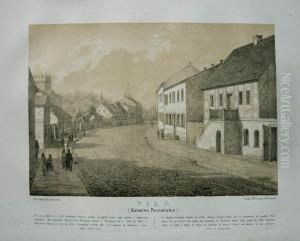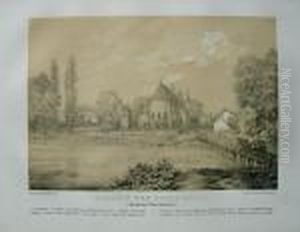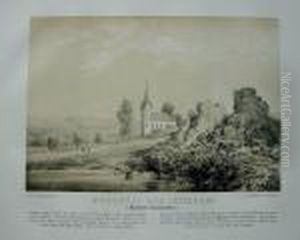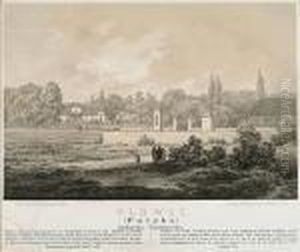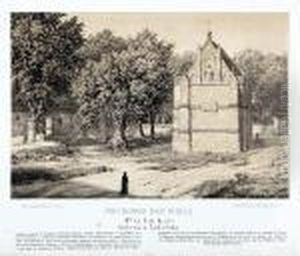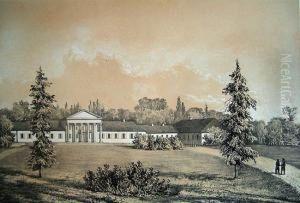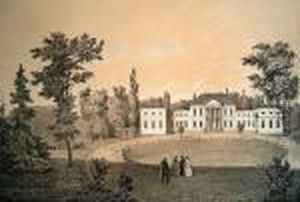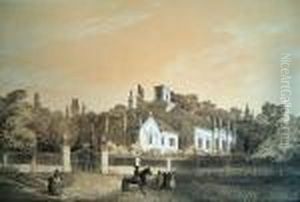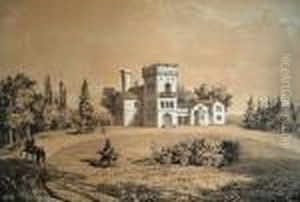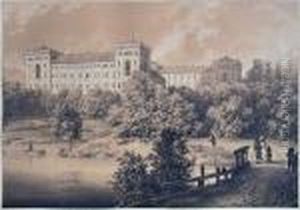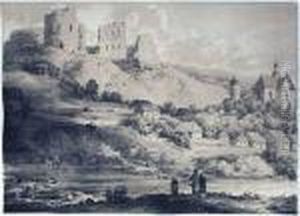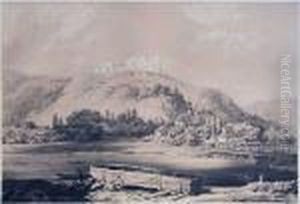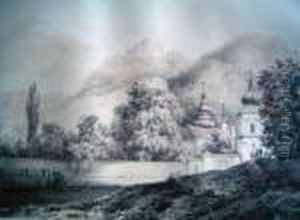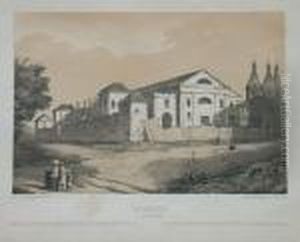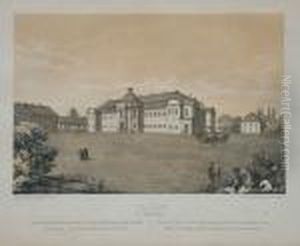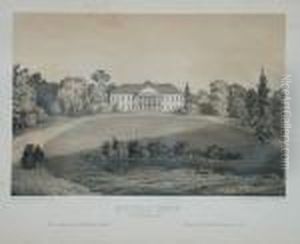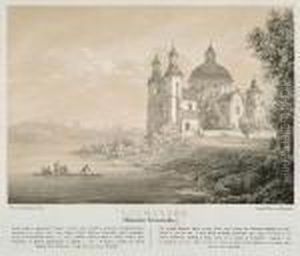Napoleon Orda Paintings
Napoleon Orda was a notable Belarusian and Polish pianist, composer, and artist, best known for his detailed sketches and paintings of historical landmarks, particularly castles, manors, and landscapes in the former Polish-Lithuanian Commonwealth. Born on February 11, 1807, in the village of Worocewicze in the Pinsk district (now in Belarus), Orda was part of the Polish nobility (szlachta) and was associated with the cultural life of both Poland and Belarus.
He initially studied music and showed a great talent for piano, eventually studying at the Conservatory of Music in Paris. Despite his musical abilities, Orda is most remembered for his artistic work. After the November Uprising in 1831, an insurrection in which Orda took part against the Russian Empire's rule over Poland, he devoted himself more intensively to drawing and painting.
During his lifetime, Orda traveled extensively across Europe, documenting architectural sites and landscapes through his art. His works became an invaluable record of many locations that have since changed significantly or been destroyed. Orda's detailed drawings and etchings are particularly valued for their historical accuracy and artistic merit. They serve as a window into the past, capturing the appearance of buildings and settings that were part of the Polish-Lithuanian cultural heritage.
Napoleon Orda died on April 26, 1883, in Warsaw, leaving behind a legacy as one of the most important documentarians of architectural and landscape history in Eastern Europe. His collection of sketches and paintings remains a significant source of information for historians and art lovers alike, offering insight into the region's cultural and architectural history.
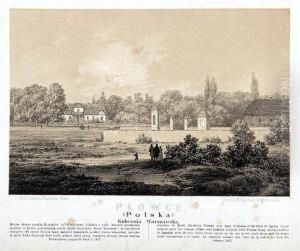
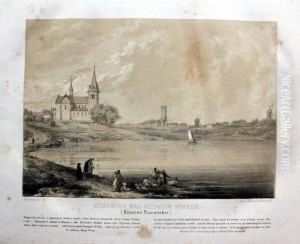
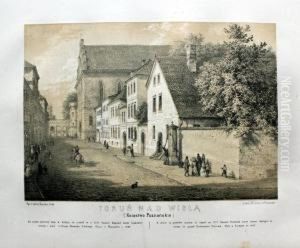
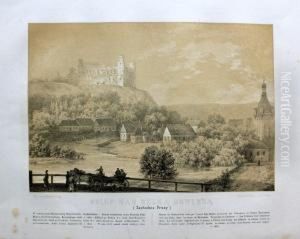
![Wilno [ruiny Palacu Barbary Radziwillowny]](https://www.niceartgallery.com/imgs/871113/s/napoleon-orda-wilno-ruiny-palacu-barbary-radziwillowny-52f211e6.jpg)
